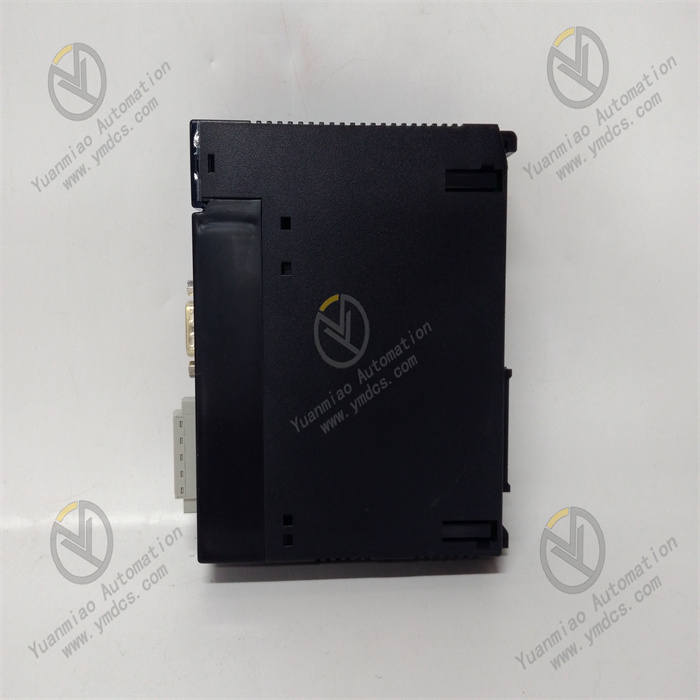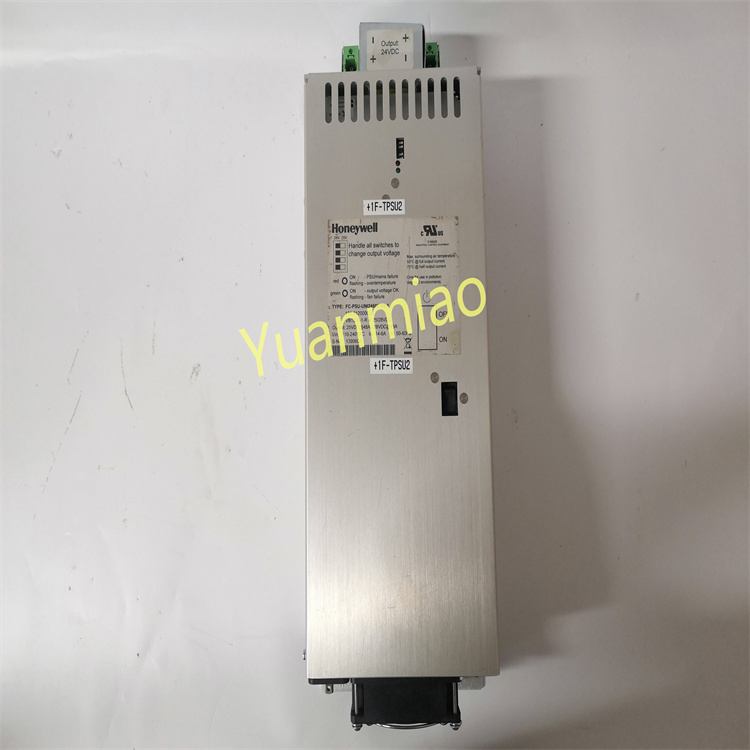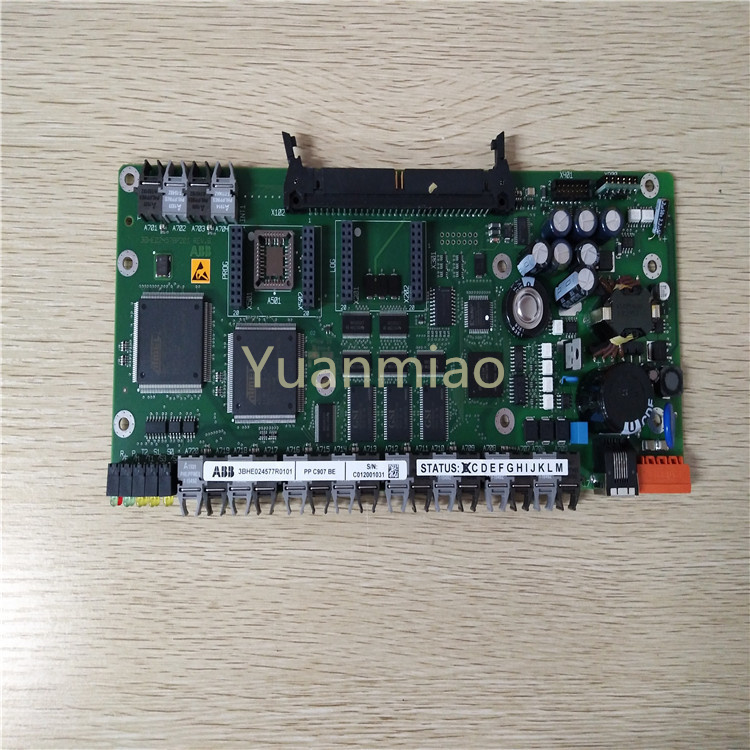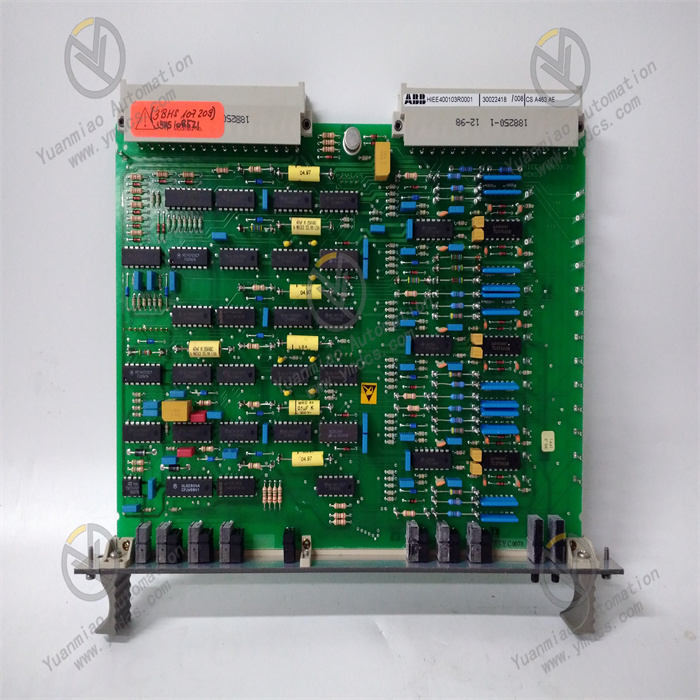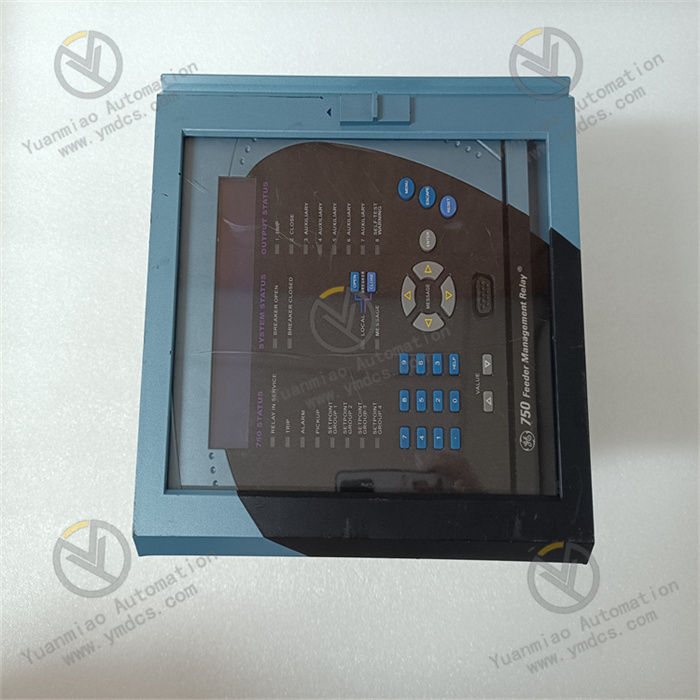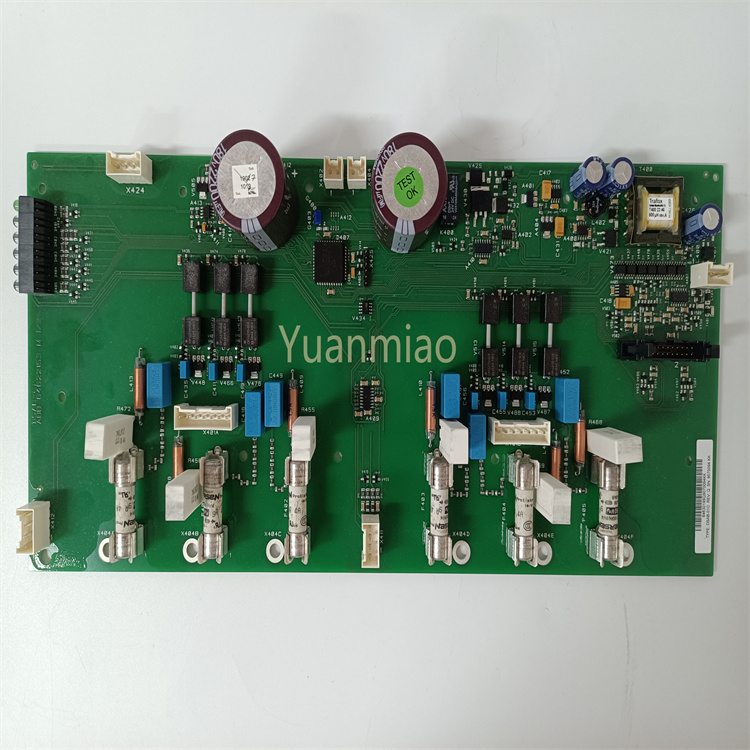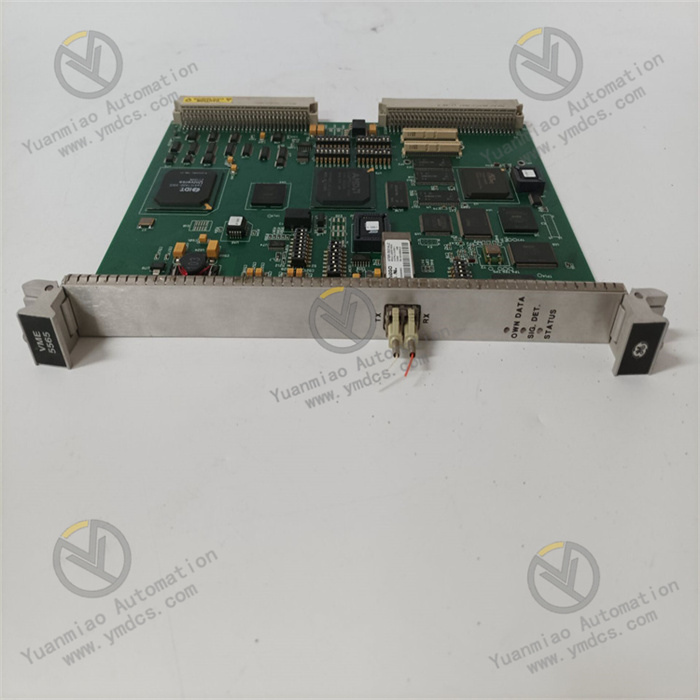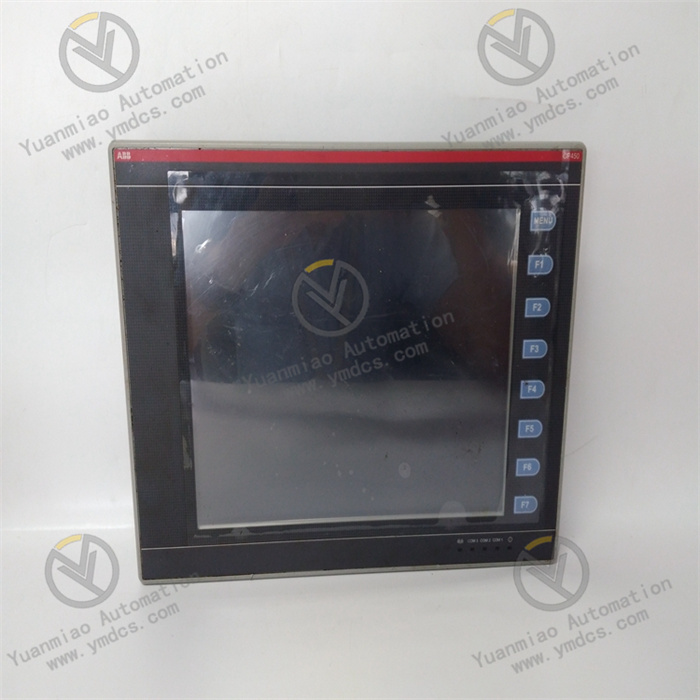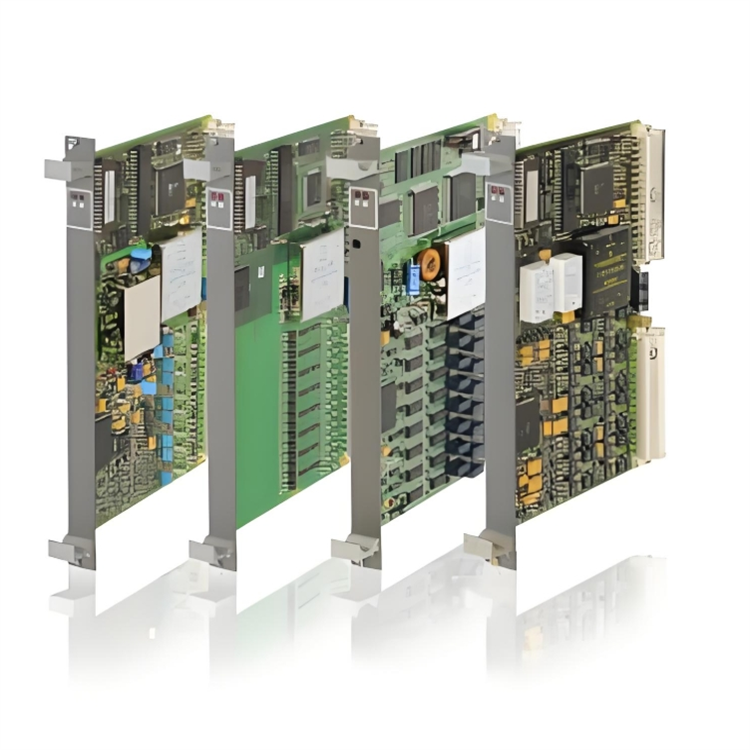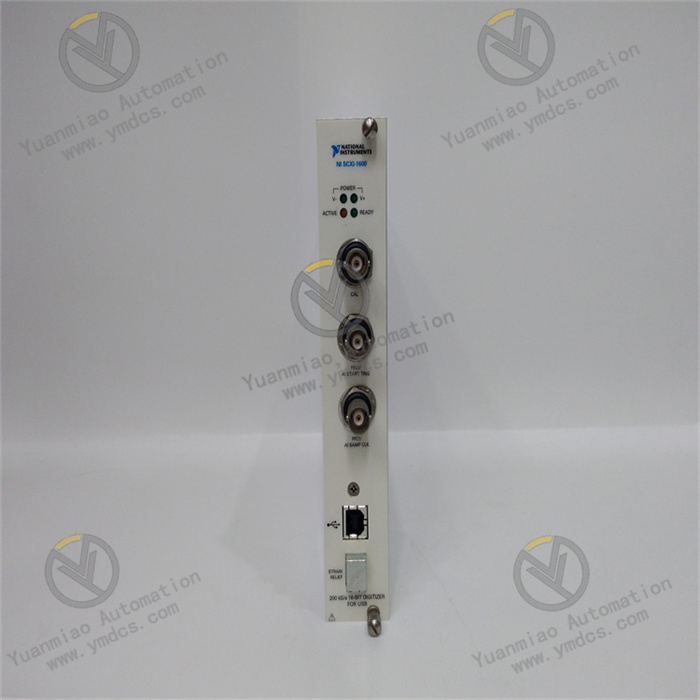Description
GE Fanuc IC693DNM200-BC
I. Product Overview
From the perspective of hardware architecture, this module is equipped with a high-performance communication processor, which has strong data processing and protocol parsing capabilities. It can quickly process various data frames under the DeviceNet protocol to ensure accurate and real-time data transmission between the master station and slave stations. Its internal integration of advanced communication interface circuits and network control logic, and the adoption of multiple anti-interference technologies, effectively improve the communication stability in the complex electromagnetic environment of industrial sites. Even if there are strong interference sources such as motors and frequency converters, it can maintain a reliable communication connection.
In terms of structural design, the module adopts a standardized module structure matching the Series 90 - 30 PLC system. It has a compact size and can be easily installed on the rack of the Series 90 - 30 PLC, working together with other modules to form a complete control system. The shell is made of industrial-grade high-strength materials, with excellent anti-vibration and anti-impact performance, which can adapt to the mechanical environment of industrial sites and ensure the long-term stable operation of the module. At the same time, the heat dissipation design of the module is reasonable, which can timely dissipate the heat generated during operation, avoiding the impact of overheating on communication performance.
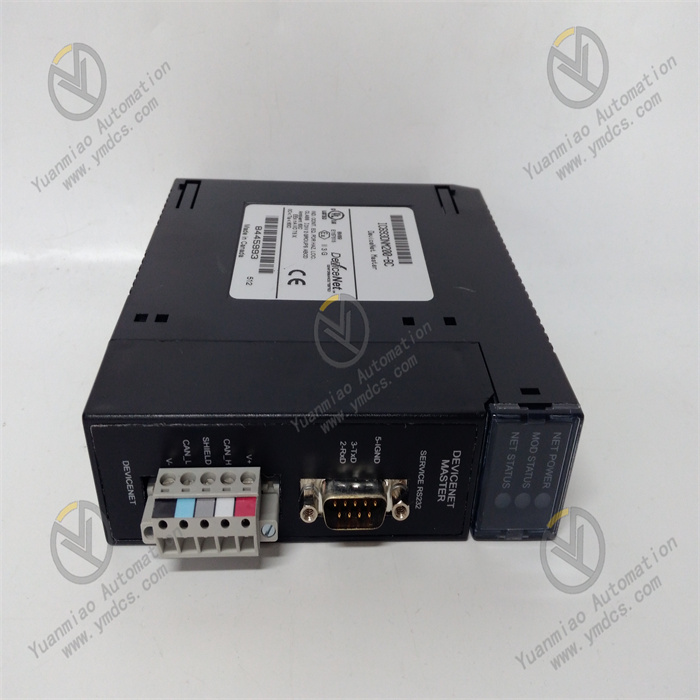
II. Performance Parameters
Power Requirement: The working power of the module is provided by the backplane of the Series 90 - 30 PLC rack, usually +5V DC. The power consumption is low, generally within a reasonable range, which will not cause excessive burden on the power supply of the PLC system, ensuring stable output of the system power supply and providing reliable power support for the normal operation of the module.
Communication Rate: It supports standard DeviceNet communication rates, including 125kbps, 250kbps and 500kbps. Users can choose and set according to the needs of actual application scenarios. A higher communication rate can meet the needs of fast transmission of large amounts of data, and is suitable for industrial control occasions with high real-time requirements.
Maximum Number of Nodes: As a DeviceNet master module, it can support up to 63 slave nodes, which can meet the equipment connection quantity requirements of small and medium-sized industrial control systems and flexibly build DeviceNet networks of different scales.
(2) Interface Characteristics
DeviceNet Interface: Equipped with a standard DeviceNet interface, adopting an open connector design, which conforms to DeviceNet specifications and is convenient for connecting DeviceNet network cables. The interface has good electrical isolation performance, which can effectively prevent external voltage interference from affecting the internal circuit of the module and ensure communication stability. At the same time, the interface supports hot-swap function, which allows replacement or maintenance of slave devices without interrupting the operation of the entire system, improving the maintainability of the system.
Backplane Interface: It communicates with the PLC processor through the rack backplane interface of the Series 90 - 30 PLC, receives control instructions and data from the PLC, and transmits data collected from the DeviceNet network to the PLC processor. The backplane interface adopts a reliable electrical connection design to ensure the timeliness and accuracy of data transmission, making the module and the PLC system form an organic whole to complete control tasks collaboratively.
DeviceNet Interface: Equipped with a standard DeviceNet interface, adopting an open connector design, which conforms to DeviceNet specifications and is convenient for connecting DeviceNet network cables. The interface has good electrical isolation performance, which can effectively prevent external voltage interference from affecting the internal circuit of the module and ensure communication stability. At the same time, the interface supports hot-swap function, which allows replacement or maintenance of slave devices without interrupting the operation of the entire system, improving the maintainability of the system.
Backplane Interface: It communicates with the PLC processor through the rack backplane interface of the Series 90 - 30 PLC, receives control instructions and data from the PLC, and transmits data collected from the DeviceNet network to the PLC processor. The backplane interface adopts a reliable electrical connection design to ensure the timeliness and accuracy of data transmission, making the module and the PLC system form an organic whole to complete control tasks collaboratively.
(3) Environmental Adaptability
Operating Temperature: The operating temperature range of the module is 0°C to 60°C, which can adapt to the temperature environment of most industrial production workshops. In high-temperature environments, stable communication performance can be maintained through a reasonable heat dissipation structure; in low-temperature environments, the internal circuit can also start and run normally, ensuring the continuity of communication and the stable progress of industrial production.
Storage Temperature: In the storage state, it can withstand extreme temperatures from -40°C to 85°C, which can meet the temperature requirements of the product in transportation, storage and other links, ensuring that the module can still be used normally after long-term storage without performance degradation or damage due to temperature issues.
Anti-Electromagnetic Interference: It meets industrial-grade electromagnetic compatibility standards and has strong anti-electromagnetic interference capabilities. Through internal electromagnetic shielding and filtering circuits, it can effectively resist electromagnetic interference generated by equipment such as motors, frequency converters and electric welders in industrial sites, prevent loss or error of communication data, and ensure the reliability of DeviceNet network communication.
Operating Temperature: The operating temperature range of the module is 0°C to 60°C, which can adapt to the temperature environment of most industrial production workshops. In high-temperature environments, stable communication performance can be maintained through a reasonable heat dissipation structure; in low-temperature environments, the internal circuit can also start and run normally, ensuring the continuity of communication and the stable progress of industrial production.
Storage Temperature: In the storage state, it can withstand extreme temperatures from -40°C to 85°C, which can meet the temperature requirements of the product in transportation, storage and other links, ensuring that the module can still be used normally after long-term storage without performance degradation or damage due to temperature issues.
Anti-Electromagnetic Interference: It meets industrial-grade electromagnetic compatibility standards and has strong anti-electromagnetic interference capabilities. Through internal electromagnetic shielding and filtering circuits, it can effectively resist electromagnetic interference generated by equipment such as motors, frequency converters and electric welders in industrial sites, prevent loss or error of communication data, and ensure the reliability of DeviceNet network communication.
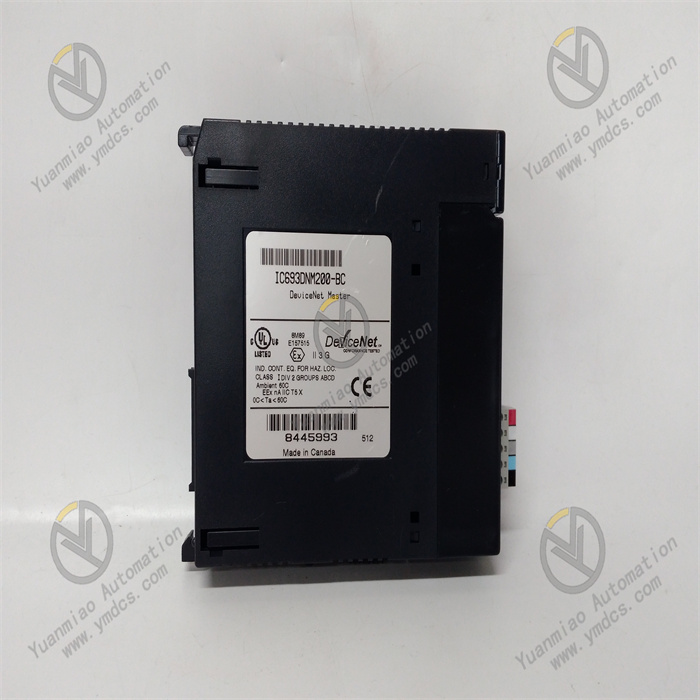
III. Functional Characteristics
The core function of the IC693DNM200 - BC module is to realize efficient communication between the PLC system and slave devices on the DeviceNet network. It can act as a master station to initiate communication requests, perform data read and write operations on slave devices, transmit on-site data collected by slave devices (such as sensor detection values, equipment operating status, etc.) to the PLC processor in real time, and send control instructions generated by the PLC to corresponding slave actuators to achieve precise control of on-site equipment. In automated production lines, through this module, the PLC can obtain information from sensors at each workstation in real time and control the actions of actuators in a timely manner to ensure the smooth progress of the production process.
(2) Flexible Network Configuration and Management Function
The module supports network parameter setting and equipment management through special configuration software. Users can configure parameters such as the communication rate and node address of the module, and can also scan, configure and diagnose slave devices on the DeviceNet network. The configuration software provides an intuitive graphical interface, which is convenient for technicians to view network topology, equipment status and communication data, and can quickly find and solve network faults, improving the efficiency of network management. In addition, the module also supports online modification of configuration parameters without interrupting system operation, enhancing the flexibility of the system.
The module supports network parameter setting and equipment management through special configuration software. Users can configure parameters such as the communication rate and node address of the module, and can also scan, configure and diagnose slave devices on the DeviceNet network. The configuration software provides an intuitive graphical interface, which is convenient for technicians to view network topology, equipment status and communication data, and can quickly find and solve network faults, improving the efficiency of network management. In addition, the module also supports online modification of configuration parameters without interrupting system operation, enhancing the flexibility of the system.
(3) Powerful Fault Diagnosis and Alarm Function
To ensure the stable operation of the DeviceNet network, the module is equipped with powerful fault diagnosis and alarm functions. It can monitor the network communication status in real time. When abnormal situations such as communication interruption, slave device failure, and data transmission error occur, it will send an alarm signal in time and display detailed fault information in the configuration software, such as fault type, occurrence time, and involved slave address. This helps technicians quickly locate the fault point, take corresponding maintenance measures, shorten the fault troubleshooting time, and reduce production downtime losses caused by network faults.
To ensure the stable operation of the DeviceNet network, the module is equipped with powerful fault diagnosis and alarm functions. It can monitor the network communication status in real time. When abnormal situations such as communication interruption, slave device failure, and data transmission error occur, it will send an alarm signal in time and display detailed fault information in the configuration software, such as fault type, occurrence time, and involved slave address. This helps technicians quickly locate the fault point, take corresponding maintenance measures, shorten the fault troubleshooting time, and reduce production downtime losses caused by network faults.
(4) Good Compatibility and Expandability
This module has perfect compatibility with the GE Fanuc Series 90 - 30 PLC system and can be seamlessly integrated into the system without complex adaptation work. At the same time, it follows the DeviceNet standard protocol and can communicate with all slave devices that conform to the DeviceNet specification, including sensors, actuators, drives of different brands, etc., improving the compatibility of the system and the flexibility of equipment selection. When the production scale expands and the number of equipment needs to be increased, it can be easily achieved by expanding slave nodes without replacing the master module, reducing the cost of system expansion.
This module has perfect compatibility with the GE Fanuc Series 90 - 30 PLC system and can be seamlessly integrated into the system without complex adaptation work. At the same time, it follows the DeviceNet standard protocol and can communicate with all slave devices that conform to the DeviceNet specification, including sensors, actuators, drives of different brands, etc., improving the compatibility of the system and the flexibility of equipment selection. When the production scale expands and the number of equipment needs to be increased, it can be easily achieved by expanding slave nodes without replacing the master module, reducing the cost of system expansion.


